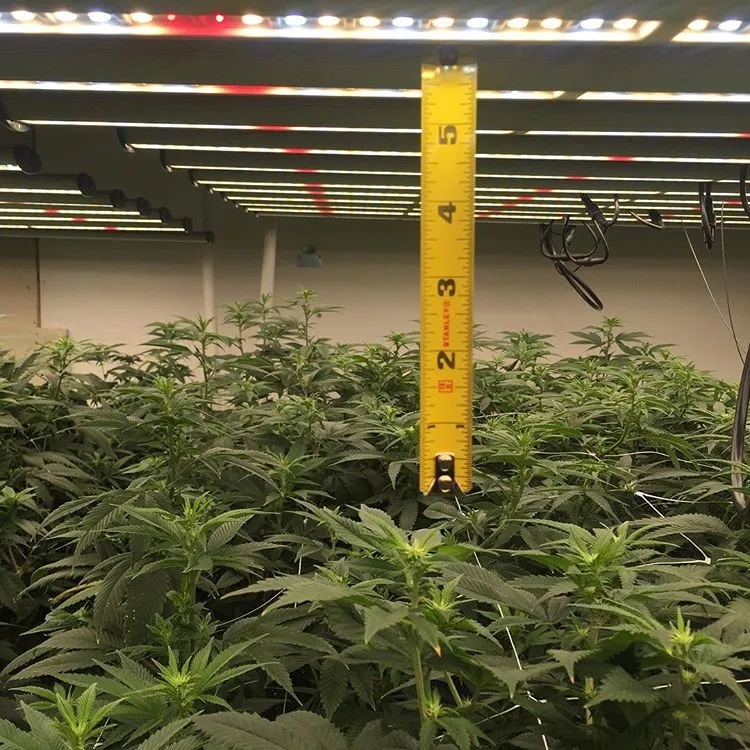All this is not to say red or blue light do not have their own uses.
Certain photomorphogenic effects can be achieved when narrow-band lighting is employed as a supplemental light.
However, for general growing applications, broad-spectrum light, which includes red, blue, and green light should be used to ensure a plant can achieve its full potential.

While red and blue light align with peak absorption for chlorophylls A and B and can result in adequate yields, all the other antenna photoreceptors that impact secondary metabolite production are neglected and result in poor quality for the entire plant.
Indeed, high-intensity discharge lights have all included green light in the past, and these bulbs typically all possess strong green wavelength emissions.
This is not to mention visual acuity green light provides by complementing red and blue to create a full and broad-spectrum, perceived as white light by the human eye.
This enables growers to clearly observe their plants, which is sometimes overlooked as another key contributing factor to the success of plant growth and development.
The best way we have found to put this myth to rest would be to perform side-by-side trials of plants grown under narrow-band red and blue lights at high PPFD compared with plants grown under a comparable PPFD of broad-spectrum light.
The resulting plants and yields will most definitely speak for themselves, as it has for the many commercial growers that have employed lighting solutions with a broad-spectrum for their growing applications.
